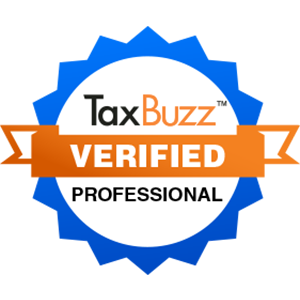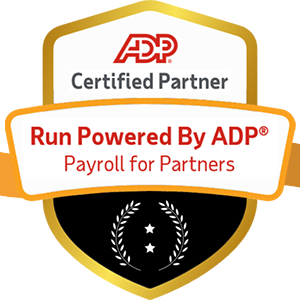
Best practices and fresh approaches for evaluating and motivating employees in our new world of work
The COVID-19 pandemic radically transformed how and where many of us work. Remote and hybrid arrangements, once a rare perk, have become the norm for knowledge workers around the world. A recent McKinsey survey found that 58% of Americans have the opportunity to work from home at least one day a week, while 35% can work remotely full-time.
This seismic shift to hybrid work has delivered well-documented benefits like greater flexibility, improved work-life balance, and reduced commute times. But it's also introduced new challenges, especially when it comes to managing employee performance. The traditional model of annual reviews conducted in person feels increasingly outdated and insufficient in an environment where managers have far less face time and fewer organic opportunities to observe their direct reports.
How can leaders accurately assess individual and team performance when employees are working outside the office much or all of the time? What are the most effective ways to deliver feedback, guidance and motivation from a distance? And how can performance management evolve from a dreaded yearly burden to an ongoing process that boosts employee engagement and development?
Here's a deep dive into the new rules of performance management in the hybrid era, with expert insights and innovative approaches to help your organization thrive.

Let's be honest: The traditional annual or bi-annual performance review process has been broken for a long time. A large body of research shows that these retroactive, ratings-focused evaluations are:
According to a pre-pandemic survey by HR consultancy Mercer, only 2% of companies believe their performance management process delivers exceptional value. Employees aren't fans either; a 2019 Workhuman study found that more than half of workers felt their most recent performance review was inaccurate or unfair.

Enter continuous performance management, a forward-looking approach that's gaining traction in hybrid organizations. Unlike the traditional model, continuous performance management involves providing ongoing feedback and coaching throughout the year. The emphasis is on employee development rather than just evaluation.
Key features of a continuous performance process include:

In a hybrid environment with fewer in-person interactions, there's a higher risk of employees losing sight of key priorities and how their work supports larger team and company goals. To keep everyone rowing in the same direction, managers should work with direct reports to set clear, measurable short-term objectives aligned to the organization's mission.
In a hybrid model, a single manager likely doesn't have full visibility into an employee's performance and impact. Peers from other departments, senior leaders, or even customers may have valuable perspectives that paint a more complete picture.
Annual or bi-annual feedback simply doesn't cut it in a fast-moving hybrid environment. To keep employees engaged and performing at a high level, managers need to provide guidance and course-correction in the moment, not months after the fact.
In an office, it's easy to conflate performance with presence. We assume the person who's first to arrive and last to leave is a hard worker, while the one who ducks out at 5 p.m. sharp is slacking off. This mentality doesn't fly in a hybrid world, where output matters far more than hours spent online.
Performance management tech has come a long way in recent years, and the right tools can certainly make life easier for hybrid managers. Platforms like 15Five, Lattice and Culture Amp streamline the process of setting and tracking goals, gathering feedback, and facilitating performance conversations.
Let's not sugarcoat it: Managing performance in a hybrid world is hard. It requires managers to be more proactive, intentional and adaptable than ever before. There's no one-size-fits-all approach, and what works for one team may fall flat for another.
But as hybrid and remote work become the rule rather than the exception, mastering this skill set is non-negotiable for leaders who want to attract and retain top talent. By embracing a growth mindset, doubling down on employee development, and leveraging the right mix of high-tech tools and high-touch management, forward-thinking organizations can turn performance management from an administrative burden into a powerful driver of engagement and results.
The transition may be bumpy, but the destination is more than worth it—a world where work is evaluated by the value it creates, not the time spent creating it. In that world, high performance is powered by trust, autonomy and a shared commitment to growth. And isn't that what we've all been chasing this whole time?


